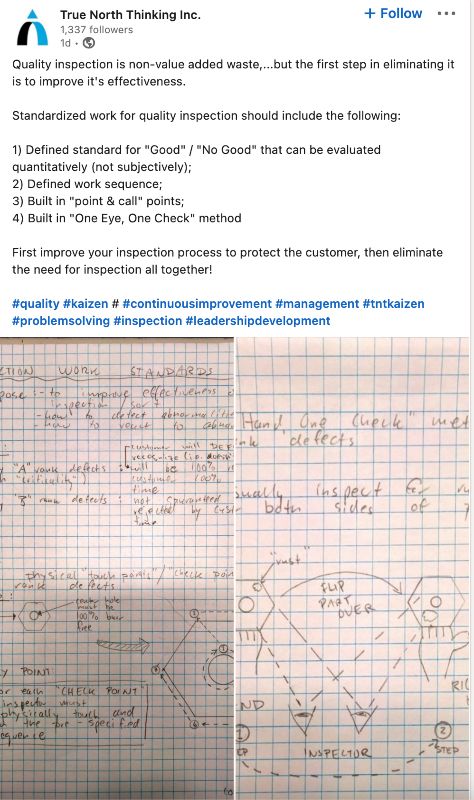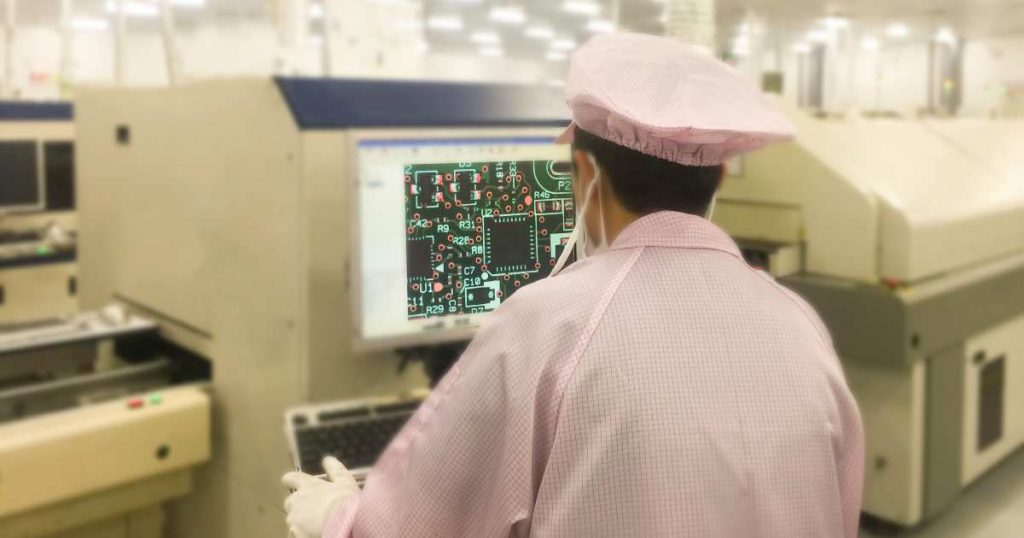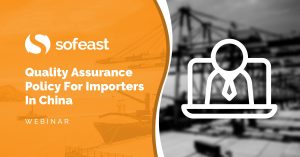In the lean manufacturing philosophy, there is a distinction between 2 types of activities:
- Value-added operations, generally described as “transformation of the product” or “something a customer is willing to pay for”. For example, when two parts of a garment are sewn together, it creates value.
- All other operations, which are called “non-value-added” and are often called “waste”. Some of them are necessary in the current situation (with the current level of technology, etc.) or at some stages in production/distribution, and some are not necessary and should be removed gradually.
(There is no unanimity on these definitions, as Michel Baudin observed in this article: More musings on “Muda” (Waste))
Since the activity of checking quality via inspection/testing does not materially transform materials/parts into products, those orthodox “lean thinkers” always placed it in the non-necessary waste category.
A Linkedin post by a company named True North Thinking reminded me of this:

They wrote:
Quality inspection is non-value added waste,…but the first step in eliminating it is to improve its effectiveness.
And Nicolas Bouvier, who has nearly 20 years of experience managing inspection & QC operations, commented back:
‘the first step in eliminating it is to improve its effectiveness’ means value gets created by improving the effectiveness of inspections, therefore it cannot be considered a non-value added waste.
That’s actually an interesting topic.
Are inspections necessary?
If we skip the philosophical debate of whether it adds value or not, the main question becomes ‘is it necessary?’
I exchanged thoughts about this with Nicolas Bouvier, and he made the following good points that I am covering in the rest of this article.
There are many cases where one surely doesn’t want an inspection to be skipped:
- Think of a surgical procedure. The anesthesiologist checks for allergies, the nurse checks the heart rate and other indicators, the surgeon checks his work before stitching… who would want to skip those steps and go a little faster??
- Pilots have pre-flight checklists: who would want them to skip those??
- When one considers buying or renting a house: who would think inspecting is not necessary??
- Inspecting a nuclear reactor regularly: who would think it’s not a must??
- Periodic verification of vehicles: who would not want roadworthiness to be inspected??
- A chef in a restaurant who doesn’t taste his meals: who wants to eat there??
Even when it comes to simple consumer goods, skipping inspection entirely would lead to… serious waste!
Some batches of products would be shipped from Asia and would be found un-usable, un-sellable, and then scrapped or returned. That means a lot of material that was extracted, fabricated, processed and shipped… all just for ending up in a landfill. In other words, a lot of value could be destroyed just by shipping without inspection.
Can the amount of necessary inspection work be reduced?
In a stable environment, when making mature, well-known products, with component suppliers that do a good job consistently and have no incentives to cheat, the amount of time spent on inspection & testing can be reduced over time.
As complex processes become better understood (sometimes thanks to advanced SPC, sometimes by simple one-factor-at-a-time experiments), they are more capable of being within specifications. The equipment’s failure modes are better understood, and preventive maintenance is better at keeping it up. Staff is better trained, processes are better understood & controlled.
And, as manual mistakes are addressed, some operations are made easier, are automated, or are mistake-proofed. Sometimes the layout is changed, and moving closer to one piece flow’ prevents issues.
All of this means the amount of inspection needed tends to go down as the systems and processes improve. Unfortunately, that’s not a given. Without continuous management work, those systems and processes will do the opposite – move in the direction of chaos.
And what about new and complex product launches? There is definitely a need for a lot of inspection work. Asking quality & process engineers to do it doesn’t solve the problem, it just makes it more expensive than having QC technicians do the work.
When launching new products or new machinery, inspection is necessary to adjust and to fine-tune.
Can the number of people dedicated to doing inspections be reduced?
Yes, no doubt. That’s especially obvious inside a factory.
Production operators/supervisors can be given some of the inspection work as part of their routine, and it means they ‘replace’ inspectors. It is superior if well-executed since issues are found at (or close to) the source.
Operators need to be trained to follow these 3 principles:
- We do not accept bad work;
- We do not do bad work;
- When we do bad work, we put it aside or we follow a pre-established procedure;
- We do not send bad work to next station
It does require a change in mindset, and often also of pay structure. I covered this in an article a few years ago: Having Production Operators Handle Inspection to Cut Costs.
Automated optical inspection has also been gaining ground. It is very common in PCBA factories, for example. When well set up and applied to the right situation, it is superior to a human eye. More and more companies apply supervised machine learning to this problem and offer relatively inexpensive and easy-to-use apps.

With a combination of operator-inspectors and automated vision systems, and excellent supplier management systems, some excellent factories have gotten rid of all their quality inspectors. (There are limits to this, of course. Safety regulations mandate that a trained inspector be checking the process steps touching on airbags on a car assembly line.)
However, these excellent factories remain exceptions.
Think of high-speed trains or nuclear power plants. There will probably always be a need for experienced technicians, engineers and inspectors to ensure safe and efficient operation of the multiple integrated systems.
*****
Please share your thoughts on this topic by leaving a comment, I’m curious to know how you feel about if quality inspections are a ‘waste?’
P.S.
Read even more posts about Quality Control here.
Quality Assurance Policy For Importers In China [Webinar]
What is the 80/20 rule when it comes to QC in China? The answer is building a strong quality assurance policy of your own.
In this webinar, we’re going to explore key challenges facing importers from China, and the elements that compose a really solid, effective quality assurance policy.
Improving your quality assurance will help avoid poor quality products from hurting your business. Hit the button below to register to watch the webinar!


